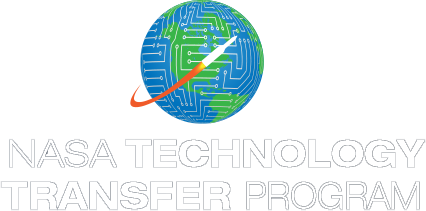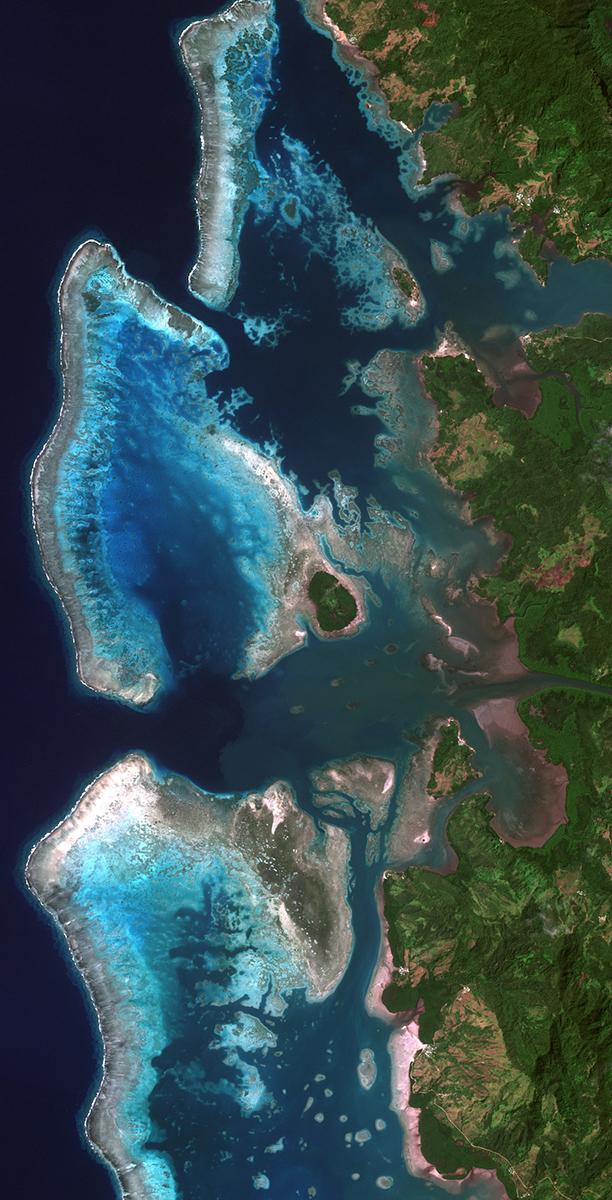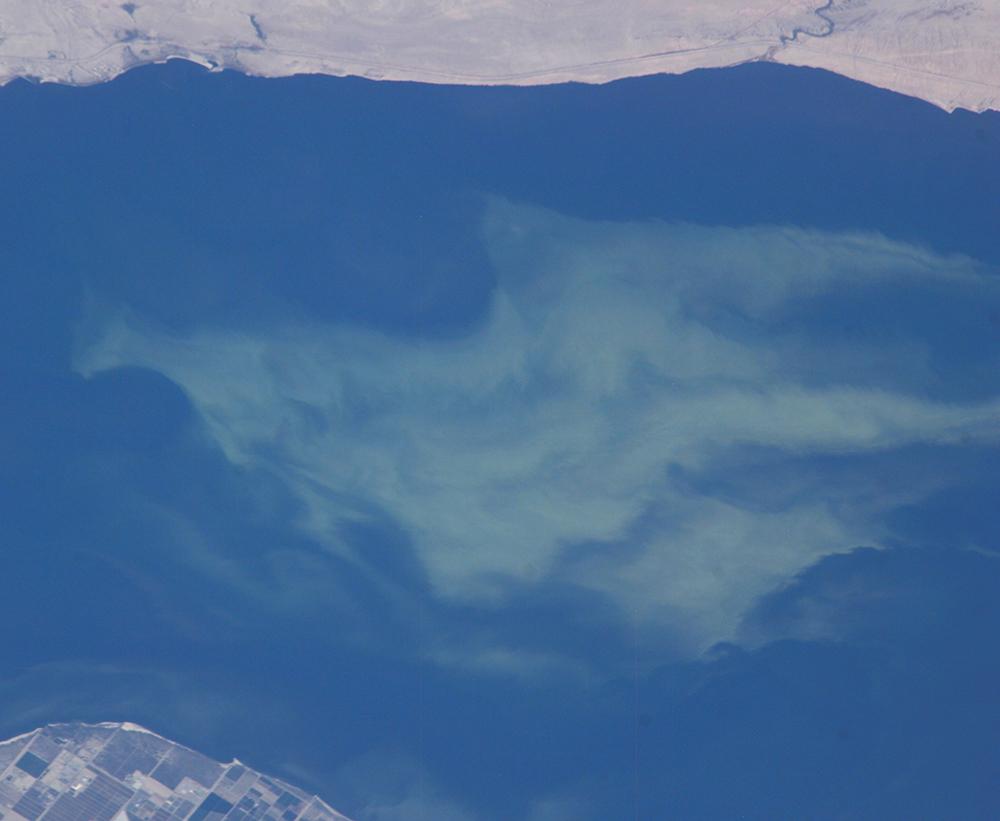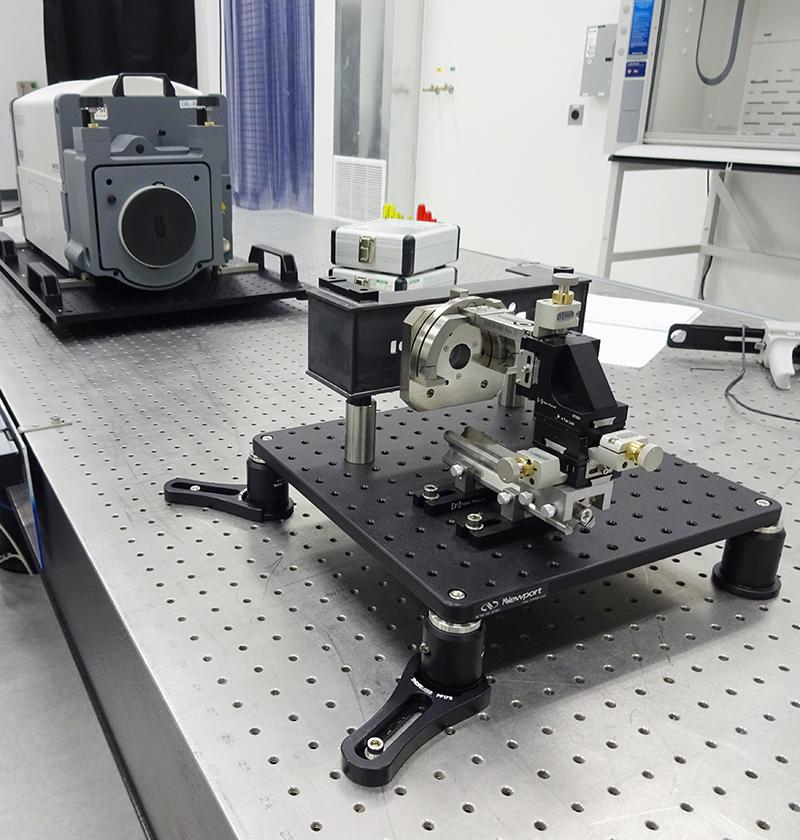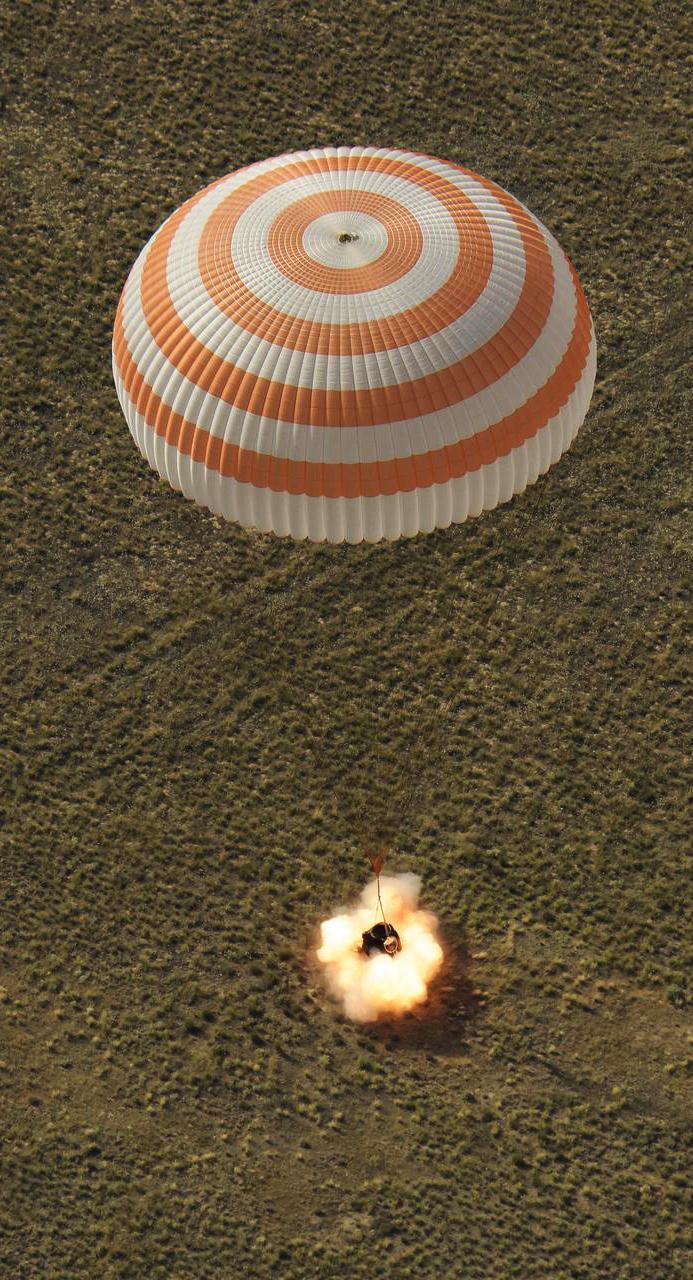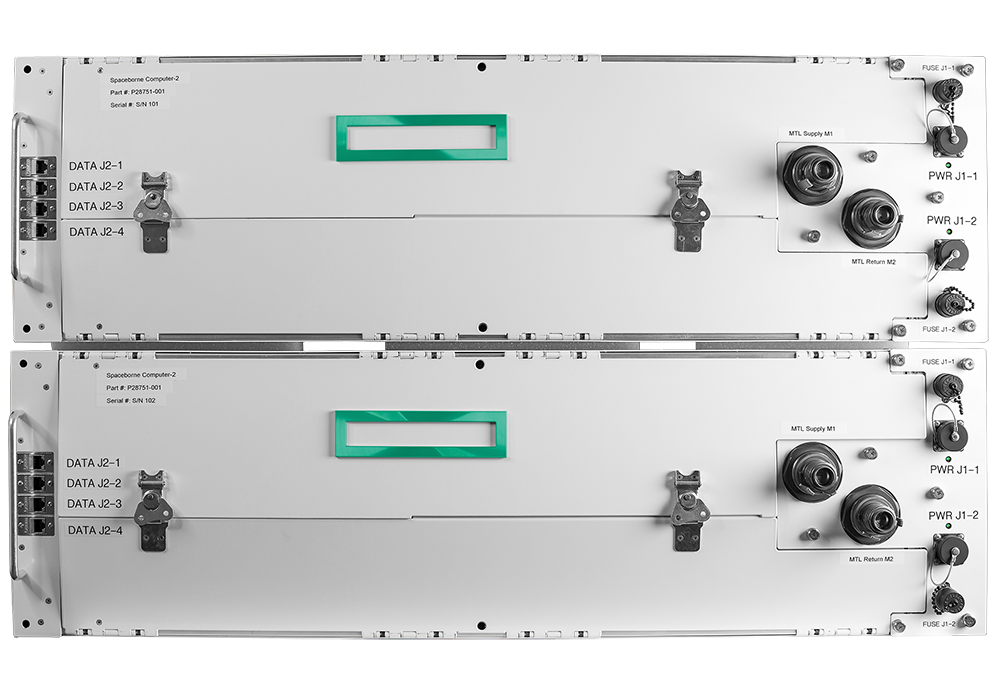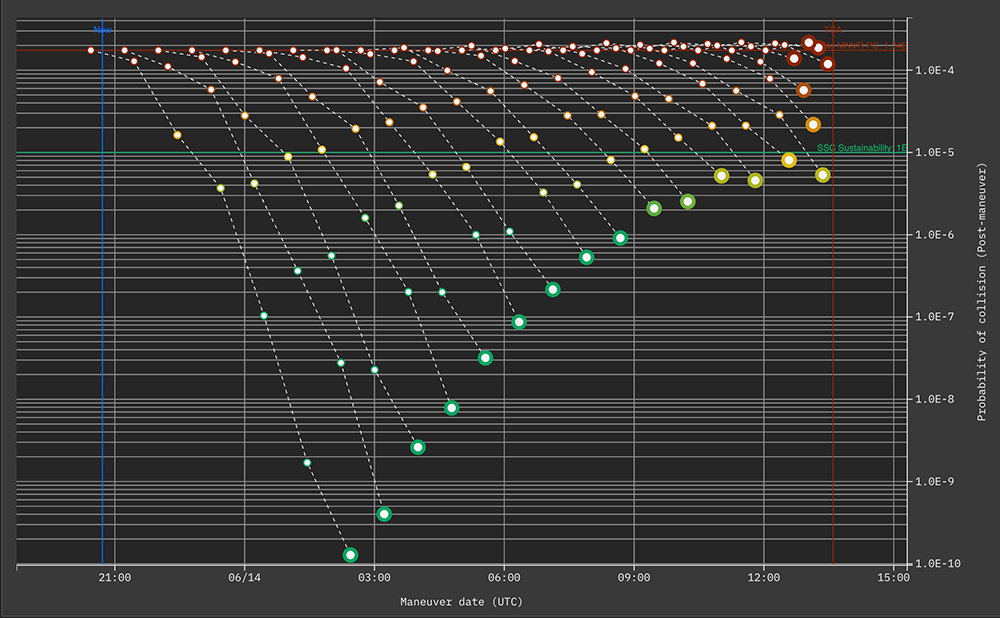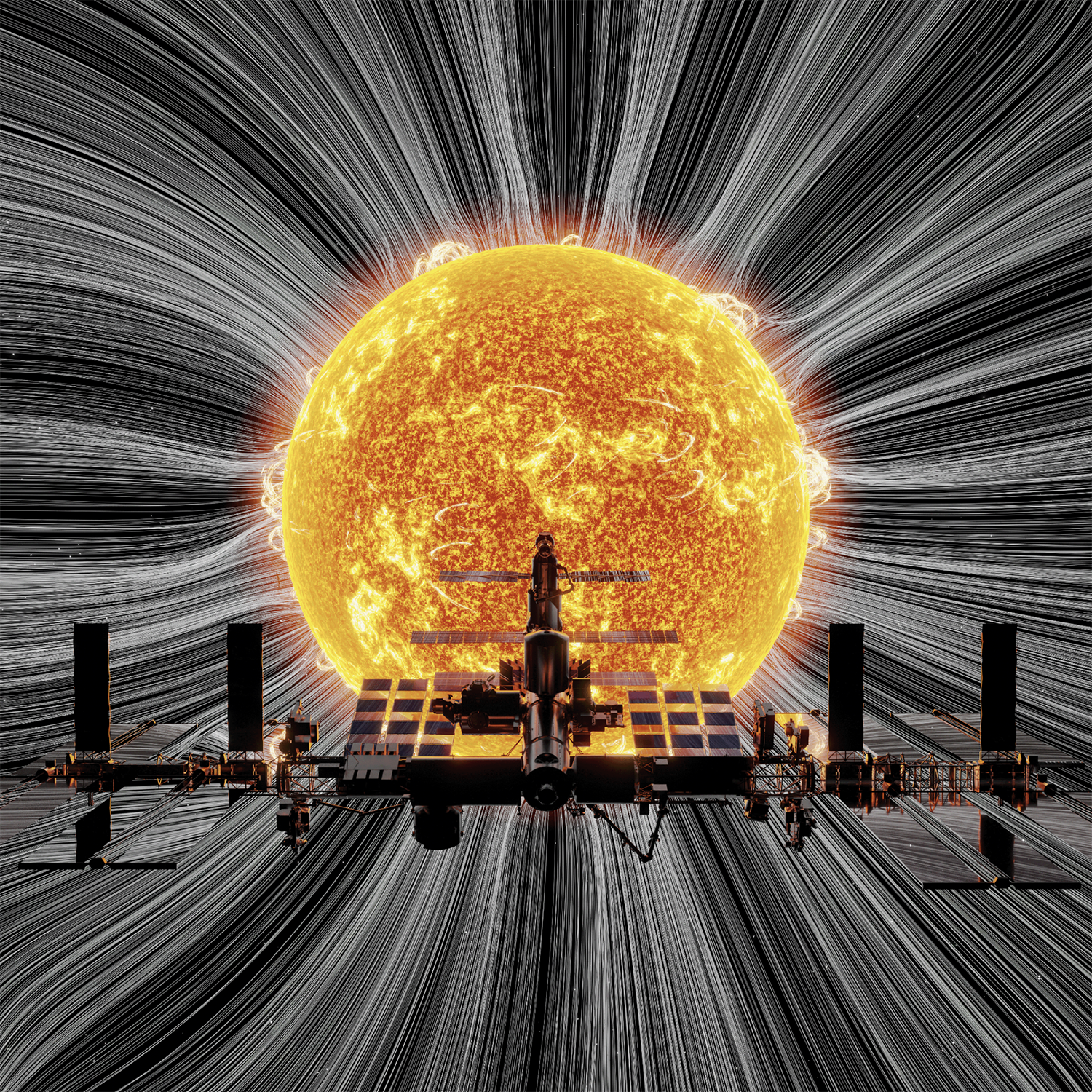
Using AI to Predict the Sky
Subheadline
NASA partnership to explore AI in space bolsters analytics software used in finance, manufacturing, and industry
Data analytics is a multibillion-dollar industry, and the growing field of artificial intelligence (AI) is in high demand everywhere. AI generally means that computers learn from massive amounts of data and apply it to help solve problems. KX Systems, a division of FD Technologies plc., is a technology company that offers database management and analytics software for customers that need to make decisions quickly. While KX started in 1993, the AI-driven part of its business has grown considerably. And the company credits work done with NASA for accelerating some of its capabilities.
“Working with NASA has been so important, because it lets us get years ahead of the curve,” said Robert Hill, head of space solutions at the United Kingdom-based company, which has offices in New York City. “Working with NASA exposed us to a group of scientists that’s very different from our daily work.”
The Frontier Development Lab (FDL) is an ongoing partnership between NASA and commercial AI firms to apply advanced machine learning to problems that matter to the space program and beyond. Since 2016, FDL has applied AI on behalf of NASA in planetary defense, heliophysics, Earth science, medicine, and lunar exploration.
“We’re interested in the big problems, grand challenges, and the application of AI in those sorts of situations.” said James Parr, CEO of Trillium Technologies, which manages the FDL partnership for NASA. “Sometimes you have a cool new AI method, but it’s hard to imagine what the applications could be. At FDL, we can prove an application, and then suddenly everyone can see how it would be really useful for the space program.”
KX participated in the FDL partnership between 2017 and 2019. The company’s flagship data analytics software is called kdb+, and it’s typically used in the financial industry to keep track of rapid shifts in market trends, but the company is also exploring how it can be used in space. Working at NASA’s Ames Research Center in Silicon Valley, California, KX partnered with FDL and NASA scientists to apply the capabilities of kdb+ to searching for exoplanets and predicting space weather, areas which could be improved with AI models.
In the summer of 2024, people across North America were amazed when they could see auroras in their hometowns, but the same solar activity that makes auroras could cause disruptions to satellites that are essential to systems on Earth. One question FDL worked to answer was whether kdb+ could forecast this kind of space weather to predict when GPS satellites might experience signal interruption due to the Sun. By importing several datasets monitoring the ionosphere, solar activity, and Earth’s magnetic field, then applying machine learning algorithms to them, FDL researchers were able to predict disruptive events up to 24 hours in advance. While this was a scientific application of AI, Hill says some of this development work has made it back into the company’s commercial offerings, as there are similarities between AI models developed to find patterns in satellite signal losses and ones that predict maintenance needs for industrial manufacturing equipment.
“It was taking those datasets and looking for anomalies. We use that same process for advanced manufacturing clients,” Hill said. “That’s not all because of our work with NASA, but at FDL, you’re working with some of the brightest people. It’s probably R&D we wouldn’t have done or even thought of doing if we hadn’t had the chance to do it with them.”
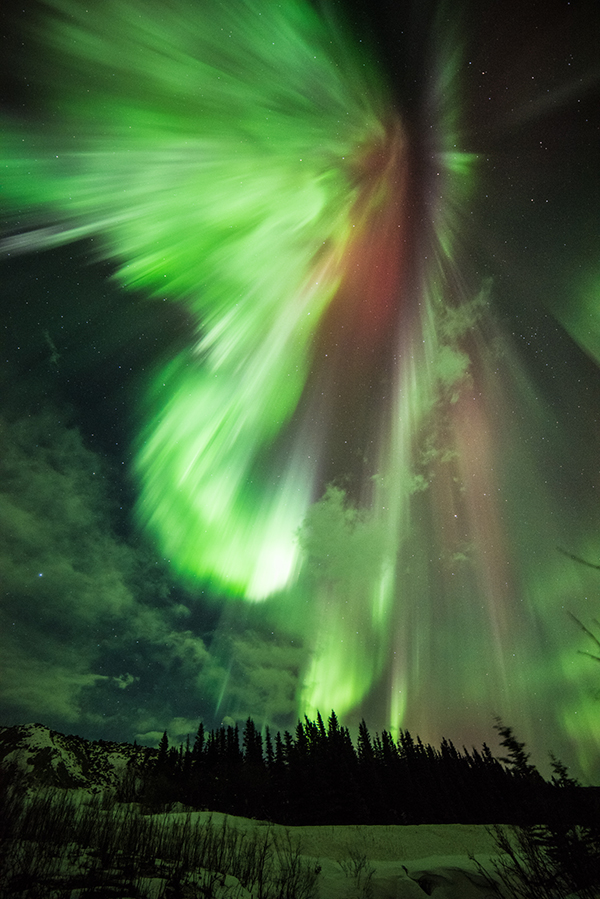
While auroras are a beautiful sight on Earth, the solar activity that causes them can wreak havoc with space-based infrastructure like satellites. Using artificial intelligence to predict these disruptive solar events was a focus of KX’s work with FDL. Credit: NASA

The Frontier Development Lab (FDL) is a partnership between NASA and several commercial firms in the artificial intelligence field. A focus of the partnership one year was applying machine learning technologies to heliophysics, the study of the physics of the Sun and its influence on the solar system. Credit: FDL.ai

